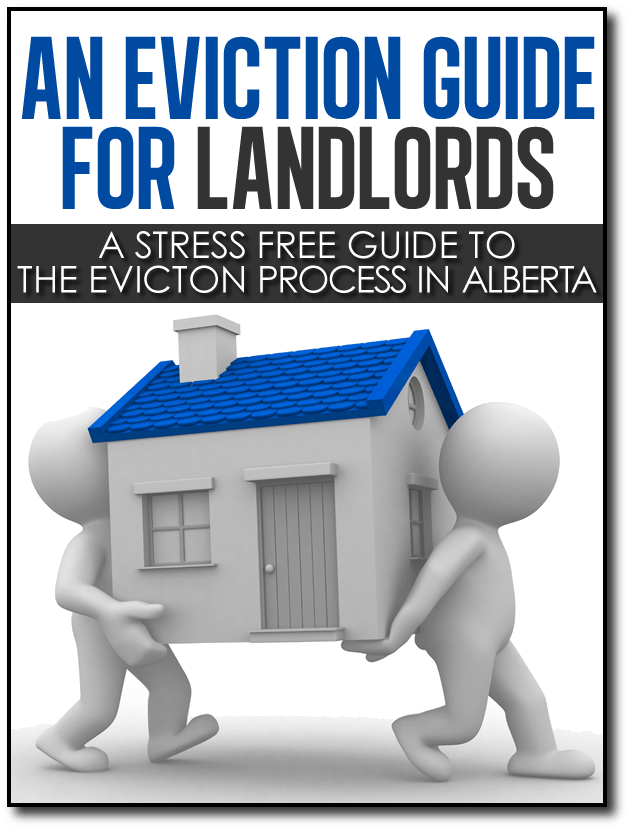So, your current ambition is to buy a property to fix and flip to make a pile of money. One of the first things you need to worry about is where you will get the money to purchase the property.
If you are independently wealthy it won’t be much of a problem, go ahead and just write a check to pay for any property you want. If you are like the majority of us though, you will need some help.
There are three separate areas where you will need funding to make the deal work. Mortgages, Cash to Mortgage (including closing costs) and Renovation Money.
Typically, Flippers put mortgages on the property they are buying so they can leverage their money. Mortgages on a flip property in Canada usually range from 80% of the purchase price, down to as low as 50% of the purchase price. This depends on the credit worthiness of the purchaser and rules of the lender. You as the purchaser must come up with whatever percentage is left (cash to mortgage), along with any extra costs associated with the purchase. These extra costs could include appraisal fees, inspection fees, lawyer’s fees, and several other small fees that love to eat at your wallet.
There are some new mortgage products that are coming out in Canada that allow you to finance the property slightly higher than 80%, but these involve extra insurance fees and costs that can impact your end profit. At this point, it is very important to disclose that the mortgages you will be getting ARE NOT homeowners mortgages, unless you intend to move in and live there while you flip. Generally you will be getting flipping mortgages, which typically have higher interest rates, possibly higher set up costs and more hoops to jump through.
If you are flipping the property, and not planning on living in it, you are committing fraud if you sign any paperwork saying you are living there. Even if your mortgage person tells you that you only have to sleep over-night there to qualify, it is fraud. Your intent was to flip, not live there, so make sure your lender is aware of that and everything is on the table. Saving a couple percentage points on a mortgage you will only hold for six months or less isn’t worth going to jail for is it?
The second area of funding is the Cash to Mortgage and associated closing costs. If we use an example of a $400,000 property and a 75% mortgage or Loan to Value ratio (LTV), your numbers would look like this.
| Total Price | $400,000 |
| 75% mortgage | $300,000 |
| Cash to Mortgage | $100,000 |
| Appraisal | $250-500 |
| Lawyers Fees | $600-1,500 |
| Insurance | $700-2,000 |
| Total CTM and Associated Costs | $101,550-104,000 |
Appraisals, Lawyer Fees and Insurance costs can range dramatically depending on the property and the lender, so be aware and budget for more than you expect. If you budget an extra 5% on top, you won’t have any surprises that will knock your feet out or worse yet cost you the deal. Then if you don’t need it, you can simply carry it over to our next topic, Renovation Funds!
Renovation Funds can be the trickiest part of the whole project and can make or break your profit piggy bank. If you blow your renovation budget, the only place the shortfall of renovation money can come from is out of your profits. This makes your initial budget extremely important.
This initial budget also what tells you whether the property works or not as a profitable flip. When you are calculating numbers on a flip project, it is very important to know what the property should sell for when complete. This number is known in the industry as the After Repair Value or ARV. Once you know the ARV, subtract your purchase price and everything left is your budget and your profit.
The remaining number tells you immediately whether the property is worth pursuing further. Using our $400,000 property above as an example, consider the following scenario. After totalling up the price of a new granite kitchen with ultra high-end appliances, installing new hardwood throughout, gutting the basement and rebuilding a fabulous bar, media room, workout room downstairs you have come up with a renovation budget of $75,000 and a timeline of six months. In addition, your holding costs for the six months work out to be just under $14,000.
Now if nothing in the area you are buying has ever sold for more than $499,000 your six months worth of work will net you $11,000 profit if you sell it at full price. Unless of course you use a Realtor, then after commissions, you are sitting at almost an $8,000 loss. So does the property not work then?
This is a perfect time to review your proposed plan, cut back on the renovations to improve the place, but not make it the ultimate home and rework the numbers. If you end up simply replacing the kitchen cabinet doors, install new counter tops, do a combination of hardwood and vinyl, simplify your basement renovations and come up with a new budget of $30,000 and a time line of three months, what happens? You have taken an $8,000 loss and turned it into a potential $43,000 profit. Which isn’t a bad profit for three month’s work.
I hope this has helped open your eyes a bit to the aspect of Financing when it comes to Flipping a property. The next section I write will be covering “Finding a Property”, so watch for it next week. As always, questions are welcome!


